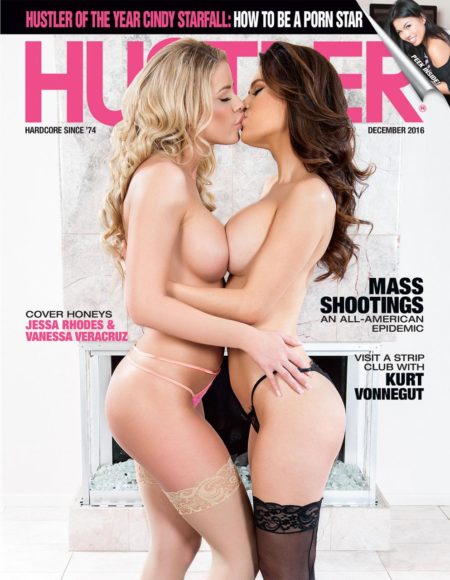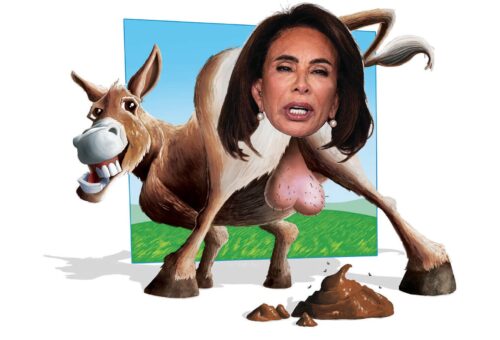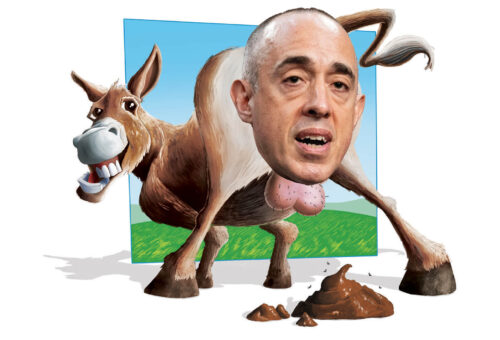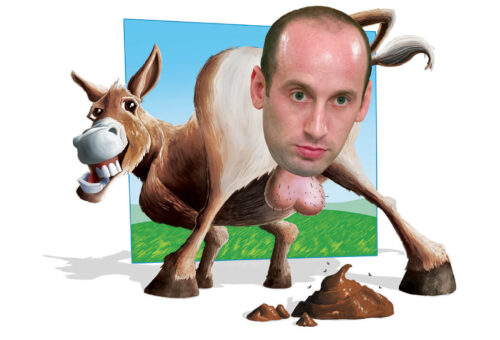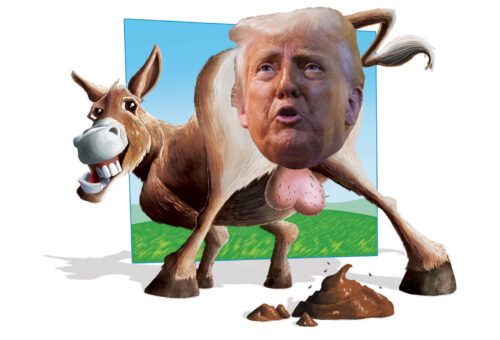Supreme Chaos
The U.S. Supreme Court finished its 2015-2016 session with a number of positive surprises. Many were stunned to see liberal-leaning decisions concerning guns, abortion and race-conscious school admission policies. The Court even delivered a unanimous—yes, unanimous!—ruling on a definition for bribery of public officials.
Those judgments certainly weren’t expected— not with an empty seat on the bench. The death of hard right-wing Associate Justice Antonin Scalia last February rendered the Court ideologically split between four Republican and four Democratic appointees. That they could make some surprisingly progressive decisions might suggest all is well. The truth, however, is that the authority of the nation’s highest court now hangs by a thread.
There’s a reason why the U.S. Supreme Court has nine seats, not eight or ten. Tied opinions are possible only when one or more justices recuse themselves from a particular case, primarily if there is a conflict of interest. An odd number of jurists on the Supreme Court, the ultimate arbiter of the Rule of Law in this nation, assures definitive decisions, for good or bad, one way or another.

















